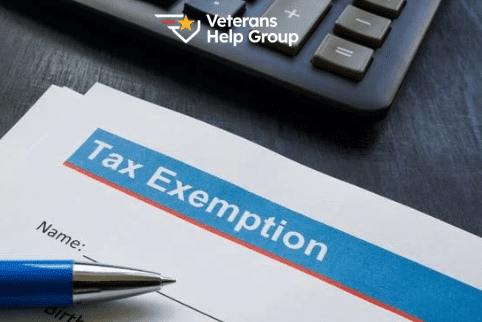Table Of Contents
Service connection means that a veteran’s disability or death was incurred during or aggravated by their military service. In order to establish a direct service connection, veterans must show evidence of:
- A current diagnosed disability;
- An in-service event, injury, or illness; and
- A medical nexus between the current disability and the in-service event, injury, or illness.
Element 1: Current, Diagnosed Disability
For the purposes of the VA, a disability is any disease or injury incurred in service that causes a decrease in earning capacity. The VA does not consider all diseases eligible for service connection, such as congenital or hereditary diseases and conditions caused by a veteran’s own willful misconduct.
The easiest way to show proof of a disability is through a current diagnosis reported in medical records. However, veterans may be eligible for service connection even without a current diagnosis; for example, veterans with chronic pain which prevents them from working may be eligible for service connection if medical evidence supports it.
Diagnoses must be current in order to qualify for VA disability compensation. Disabilities caused by service that have healed and no longer impair a veteran’s earning capacity are not eligible for VA compensation.
Element 2: In-Service Event, Injury, or Illness
The second element of service connection is an in-service event, injury, or illness that occurred while on active duty. The event does not have to be from a combat situation; any illness, injury, or event that arose during active duty military service can be eligible for a disability rating.
Any disability that arose due to a veteran’s own willful misconduct does not qualify for VA benefits. Willful misconduct is “an act involving conscious wrongdoing or known prohibited action.”
How to prove it?
The best forms of evidence are service treatment records and service records. Service treatment records will have documentation of any injury or illness for which someone was treated while on active duty.
If these records are not available lay statements from the veteran couples with buddy statements from those who served with them and witnesses the event can be particularly helpful.
Element 3: Medical Nexus
A medical nexus is a link between a veteran’s current disability and the event, injury, or illness during service. The best way to establish this is through medical evidence. A statement from a veteran’s doctor stating that their condition was “at least as likely as not” caused by military service can be a very strong piece of evidence.
As a part of the VA’s duty to assist, the VA will schedule a medical examination to assess the severity and origin of the veteran’s condition. The findings of this exam may help establish a medical nexus. A veteran can also bring the report to another medical professional for a second opinion.
Veterans Help Group have been supporting veterans in getting the benefits they deserve since 1995. If you or a loved one served, and suffer from a service-connected disability, we are here to help. Call Veterans Help Group at 855-855-8992 or complete our free veterans benefits case evaluation form.

VA Disability Benefits and Tax Exemptions: What You Should Know
VA Disability Benefits and Tax Exemptions: What You Should Know Written by: Schuyler Swanton,...

Veterans Help Group In The Community
Veterans Help Group in the Community Written by: Bobbi Boudi, Director of Community Outreach, Amy...

The Veterans Appeals Efficiency Act of 2025
The Veterans Appeals Efficiency Act of 2025 Several bills are currently pending in Congress that...





